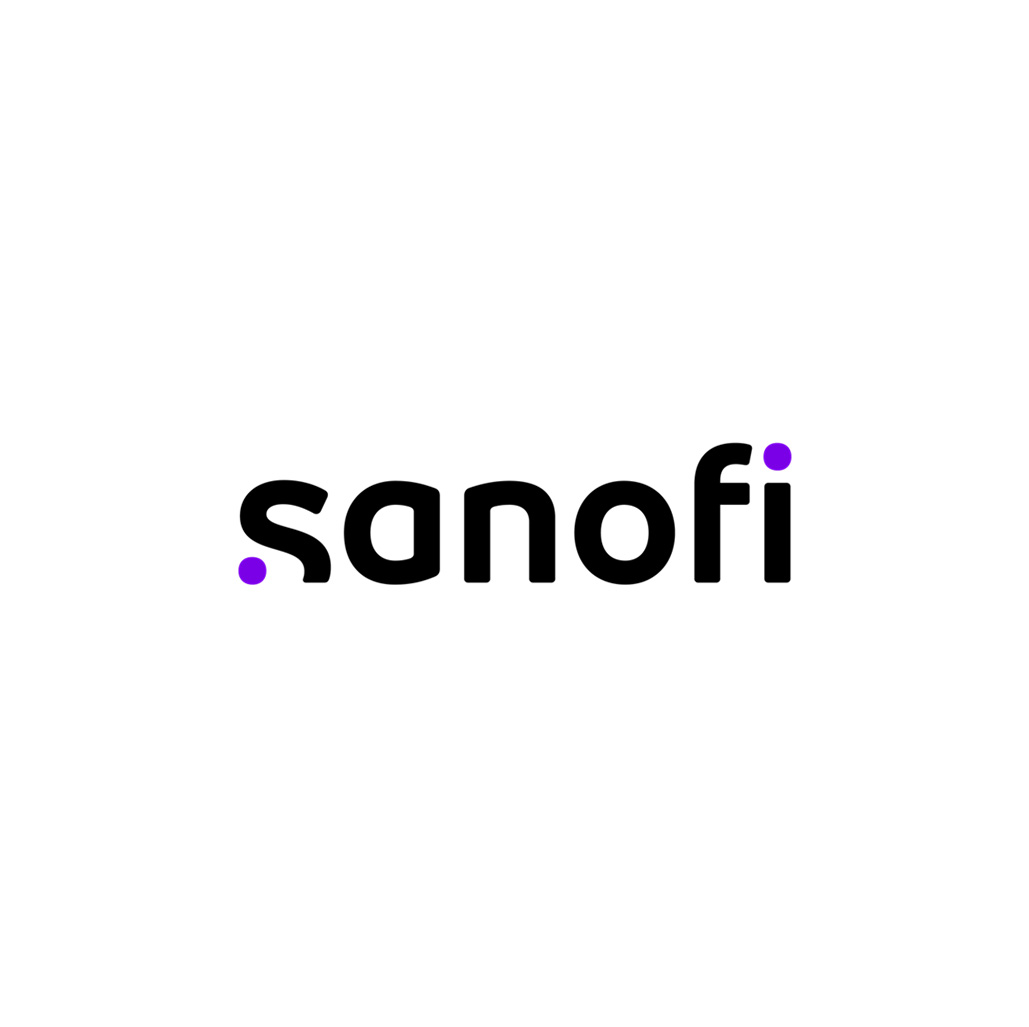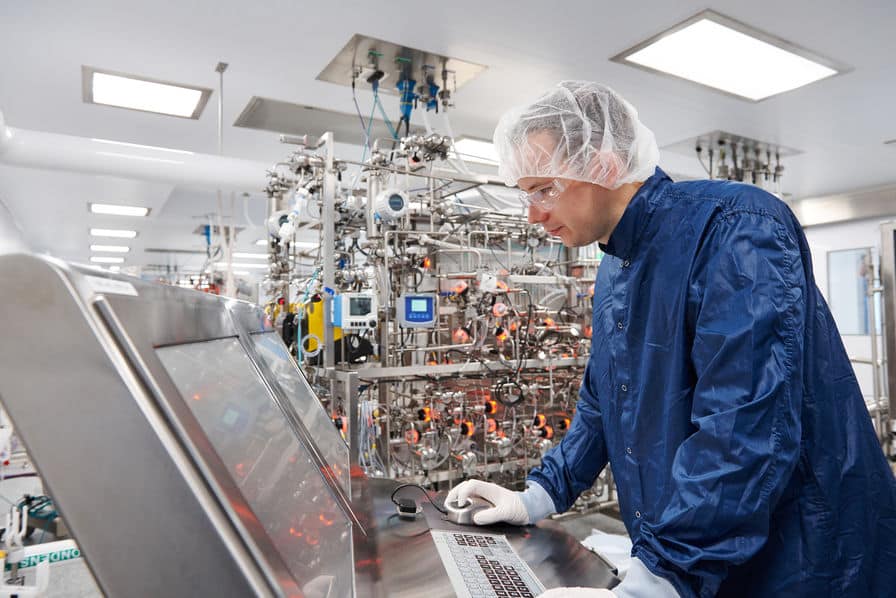Waste management – Reuse, Recycle, Recover: transform waste into resources – More than 90% of waste will be either reused, recycled or recovered and 100% of our sites will no longer use landfill

Terms of the action or commitment
The key element of Sanofi’s waste management policy is to reduce waste generation at source, then systematically reuse and recycle before considering any other route such as incineration with energy recovery. Landfilling remains an ultimate solution. Particular attention is therefore paid to the management of waste on site in order to characterize it according to the processes, to collect, sort, store, transport and treat it according to its characteristics. Before any contract with a new subcontractor, its qualification, competence, and regulatory compliance are exhaustively checked for each type of waste.
Integrated waste management approaches by country have been carried out to optimize the waste flows of the various sites in the countries where the industrial presence is the largest and where the synergies are the strongest (France, Canada and the United States in particular). Some waste is reprocessed on site for reuse.
Sanofi has set itself two objectives for 2025:
– More than 90% of waste will be either reused, recycled or recovered
-100% of our sites will no longer use landfill
At various stages of manufacturing, we use solvents, which can contribute to volatile organic compound (VOC) emissions and lead to the generation of hazardous waste. Sanofi has developed tools and performance indicators to optimize the use of solvents in our industrial processes (chemical synthesis, cleaning equipment, etc.) while minimizing their environmental impact. It is crucial to make sound choices at the earliest stages of product development, as it is often difficult to change processes later. To help our development teams make decisions, we update our internal standards with the aim of providing guidance to choose the most appropriate solvents;
– select the least toxic solvents;
– reduce the quantities of solvents used;
– promote the use of recycled solvents whenever possible and,
– making the best use of blister packaging materials.
In France, many sites (tertiary, R&D and industrial) have already taken action to avoid food waste. They have put in place organizational initiatives that can be classified into three categories:
– reduction of waste at the source, by respecting precise weights set out in contracts and by regular surveys, particularly during low-attendance periods;
– Responsible management of food and matching quantities to needs, implementation of a “just in time” flow for certain stands, asking people to pay for bread to avoid routinely taking bread that then goes to waste, reducing offerings at the end of the service and introducing payment by weight (self-service salads and fruits); and
– Management of leftovers and waste at the end of the chain by reusing vegetables from the day before, installing sorting bins for better waste recovery, and setting up food donation contracts with approved associations for people in the need.
In each of our facilities, Sanofi also systematically collects and sorts many types of waste (excluding industrial waste) such as batteries, paper, plastic, ink cartridges, catering waste, etc., for recycling or recyclers through local waste management services.
*To be more specific, the commitment, “Reduce the amount of waste from sites by promoting reuse and recycling while aiming for the objective of “sites without landfilling” by 2025 – particular focus on plastics” has been redefined under this title
Integrated waste management approaches by country have been carried out to optimize the waste flows of the various sites in the countries where the industrial presence is the largest and where the synergies are the strongest (France, Canada and the United States in particular). Some waste is reprocessed on site for reuse.
Sanofi has set itself two objectives for 2025:
– More than 90% of waste will be either reused, recycled or recovered
-100% of our sites will no longer use landfill
At various stages of manufacturing, we use solvents, which can contribute to volatile organic compound (VOC) emissions and lead to the generation of hazardous waste. Sanofi has developed tools and performance indicators to optimize the use of solvents in our industrial processes (chemical synthesis, cleaning equipment, etc.) while minimizing their environmental impact. It is crucial to make sound choices at the earliest stages of product development, as it is often difficult to change processes later. To help our development teams make decisions, we update our internal standards with the aim of providing guidance to choose the most appropriate solvents;
– select the least toxic solvents;
– reduce the quantities of solvents used;
– promote the use of recycled solvents whenever possible and,
– making the best use of blister packaging materials.
In France, many sites (tertiary, R&D and industrial) have already taken action to avoid food waste. They have put in place organizational initiatives that can be classified into three categories:
– reduction of waste at the source, by respecting precise weights set out in contracts and by regular surveys, particularly during low-attendance periods;
– Responsible management of food and matching quantities to needs, implementation of a “just in time” flow for certain stands, asking people to pay for bread to avoid routinely taking bread that then goes to waste, reducing offerings at the end of the service and introducing payment by weight (self-service salads and fruits); and
– Management of leftovers and waste at the end of the chain by reusing vegetables from the day before, installing sorting bins for better waste recovery, and setting up food donation contracts with approved associations for people in the need.
In each of our facilities, Sanofi also systematically collects and sorts many types of waste (excluding industrial waste) such as batteries, paper, plastic, ink cartridges, catering waste, etc., for recycling or recyclers through local waste management services.
*To be more specific, the commitment, “Reduce the amount of waste from sites by promoting reuse and recycling while aiming for the objective of “sites without landfilling” by 2025 – particular focus on plastics” has been redefined under this title
Levers mobilized for circular economy (according to Ademe)
Implementation timeline
Starting year
2019
Ending year
2025



